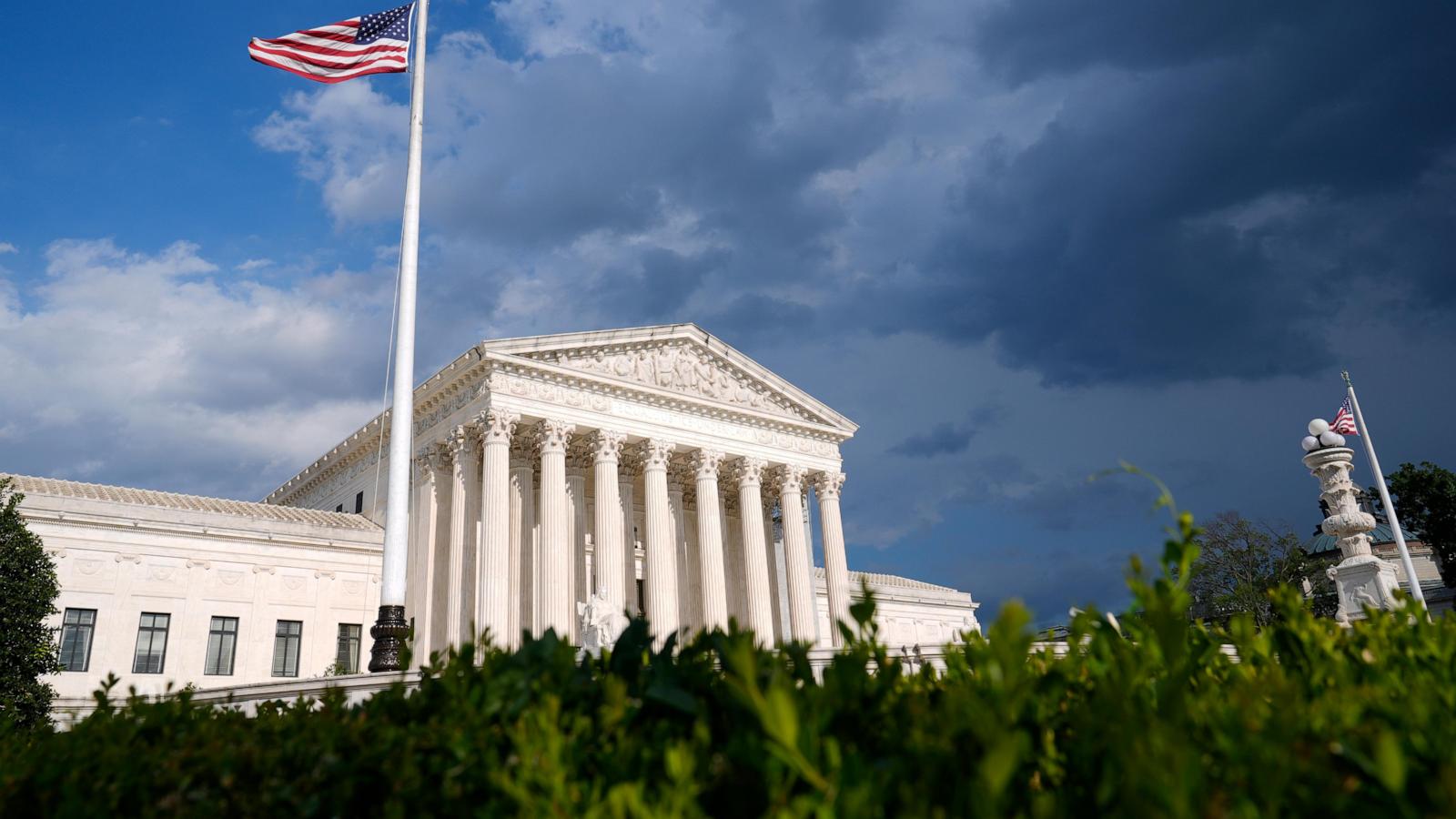Brenda Andrew's Supreme Court Case: A Fight for Justice or a Calculated Maneuver?
In a shocking turn of events that has sent ripples through the legal community, the Supreme Court has intervened in the case of Brenda Andrew, the only woman residing on Oklahoma's death row. This isn't just another death penalty case; it's a controversial saga that delves into the heart of gender bias, prosecutorial misconduct, and the complexities of circumstantial evidence. Will Brenda escape the death penalty, or will justice prevail, even amidst accusations of unfair tactics and questionable evidence? Let's unpack the sensational details.
The Shocking Murder of Rob Andrew
Brenda Andrew's life took a dark and dramatic turn in 2001 with the murder of her husband, Rob Andrew. A successful advertising executive, Rob's sudden death shocked the community. Evidence pointed to a meticulously planned crime, with Brenda's lover, James Pavatt, joining her in the execution. Pavatt, already facing the ultimate penalty, continues to serve his death sentence. The grim scene unfolded in the family's garage, the victim dispatched by a shotgun blast.
The Web of Circumstantial Evidence
The prosecution presented a circumstantial case, tying Brenda to the crime through a chain of events. However, the evidence relied heavily on conjecture and supposition rather than hard evidence directly linking Brenda to the act. This has sparked a contentious debate regarding the conviction's validity, casting a shadow on the justice system's approach to circumstantial evidence in capital punishment cases.
The Supreme Court's Intervention: A Landmark Decision?
The Supreme Court's intervention wasn't taken lightly. It signaled profound doubts regarding the fairness of the trial. The justices overturned a lower court's decision that had upheld Brenda's conviction, highlighting their concerns about the potentially inflammatory and biased tactics of the prosecution. This stunning reversal sends a strong signal regarding the implications of biased tactics and inappropriate conduct during high-stakes legal proceedings.
The Undue Prejudice Argument
The crux of the issue revolves around the prosecutor's blatant and highly prejudicial use of sexually explicit details in the courtroom. The defense argued these details were entirely irrelevant and aimed solely at shaming and defaming Brenda rather than proving her guilt. References described as 'sexually-charged descriptions' were deemed wholly inflammatory and likely unduly prejudiced the jury's judgment, influencing their verdict. This blatant tactic casts a dark cloud of injustice on the original proceedings and undermines confidence in the legal process, and thus warrants renewed examination of Brenda's sentencing.
The Fight for Justice: Legal Battles and Ethical Concerns
Brenda Andrew's legal team has persistently argued that the trial was fundamentally flawed and that the evidence of guilt presented against their client lacked the substantial evidentiary support needed to support a conviction. The Supreme Court's decision highlighted several major concerns over fairness of the trial and prosecutorial ethics. They deemed the admission of irrelevant evidence, primarily Brenda’s personal details that had no bearing on her guilt or innocence, unduly prejudiced the jury against the defendant, thereby jeopardizing the foundation of the proceedings.
A Gender Bias Question
Beyond the prosecutorial improprieties, a significant concern has been raised regarding the underlying gender bias inherent in the case and the potential of sexist messaging influencing the outcome. The prosecution's tactics that portrayed Brenda in a negative sexual light clearly play into negative gender stereotypes and raise an ethical red flag, suggesting a problematic bias in handling the proceedings.
The Road Ahead: Re-examining Justice
With the Supreme Court's decision to vacate the appellate ruling, the 10th U.S. Circuit Court of Appeals is now tasked with reevaluating Brenda Andrew's case, a critical turning point that may change the trajectory of her ongoing legal battles and set a precedent in cases that employ similar dubious tactics.
The Significance of the Ruling
This case serves as a warning to all parties in criminal proceedings to adhere strictly to proper trial procedures and uphold ethical considerations in handling evidence. The Court's decision sets a critical precedent for cases that rely on controversial or biased evidence against a defendant, highlighting that prosecutorial misconduct that undermines a fair trial will not be tolerated. This legal precedent is extremely important and might cause sweeping reforms in court proceedings.
Take Away Points:
- The Supreme Court's intervention in Brenda Andrew's case has raised serious questions about prosecutorial ethics and the potential for bias to taint justice.
- The use of irrelevant, inflammatory sexual details during trial casts a dark shadow over the proceedings.
- This case prompts us to examine whether the legal system is truly equipped to deliver justice for all, particularly women accused of crimes, amid significant concerns regarding prejudice and flawed trial procedures.
- The Court's ruling emphasizes that such unethical practices threaten the fairness of the justice system and mandates reform.
- Brenda Andrew’s story exemplifies the complicated battle between fighting for justice and proving guilt in the face of ethically-compromised conduct.




